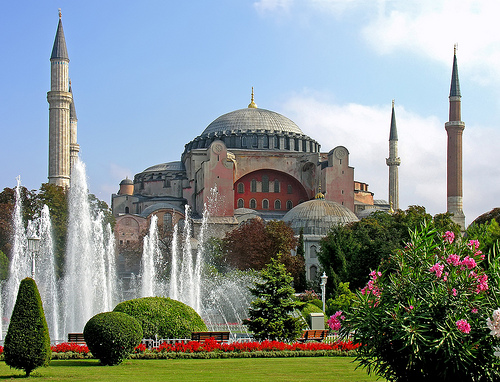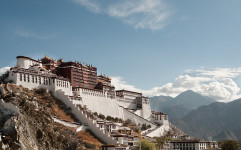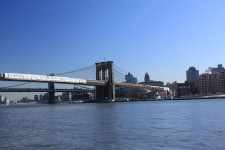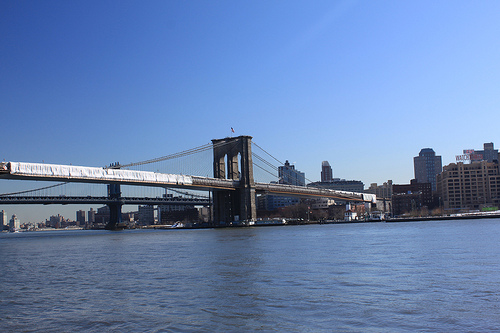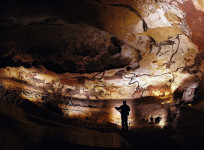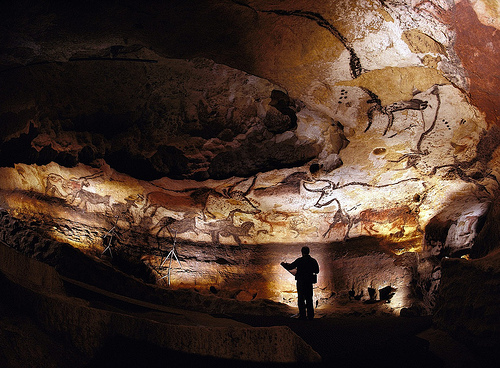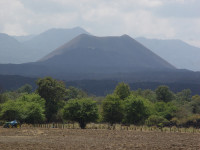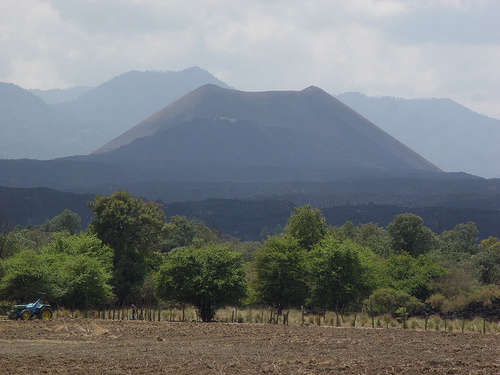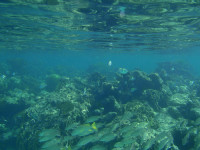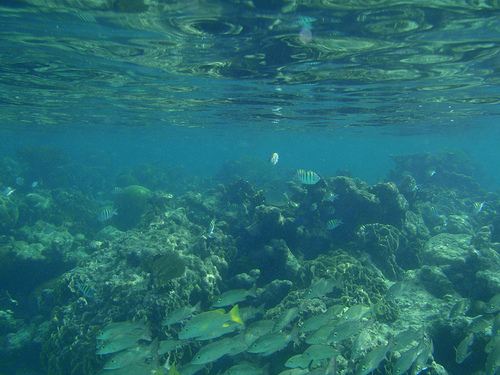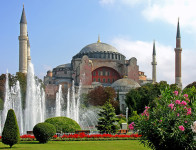
Nothing can tear down Hagia Sophia.
- Hagia Sophia is a building located in Turkey’s city of Istanbul, in Europe, initially built as an Eastern Orthodox church, and the UNESCO World Heritage Convention included it as part of the ‘Historic Areas of Istanbul’ World Heritage Site in 1985.
- ‘Hagia Sophia’ translates as ‘holy wisdom’, and it is also known as the ‘Church of the Holy Wisdom’ in English, as well as ‘Sancta Sophia’ in Latin and ‘Ayasofya’ in Turkish.
- Two churches were previously constructed on the site of Hagia Sophia, in 360 and later in 415, however both were destroyed by arson due to riots.
- The third and existing Hagia Sophia building was built from early 532 until late 537, under orders of Emperor Justinian I, and in excess of ten thousand people are said to have contributed their work to the construction of the church.
- Hagia Sophia is made primarily of stone and brick, with marble low relief work and pillars common throughout the building.
Hagia Sophia
Image courtesy of Dennis Jarvis/Flickr
- A dome tops the construction of Hagia Sophia, which spans 31 metres (102 feet) in diameter, and the dome has been reconstructed or renovated on a number of occasions, which has caused its originally spherical shape to be a little skewed.
- A number of disasters have been inflicted onto Hagia Sophia, particularly during its earlier years, from earthquakes to fires, though the current building has survived over 1400 years.
- Hagia Sophia was used as an imperial mosque from 1453, and in 1935 it was turned into a museum after orders by the then Turkish President Mustafa Kemal Atatürk.
- The paintings, mosaics, and other artwork in Hagia Sophia have become increasingly jeopardised by water from leaks, as well as increased humidity.
- Hagia Sophia reaches a total height of 55 metres (180 feet) and has the base dimensions of 73 by 82 metres (240 by 270 feet).
Bibliography:
Hagia Sophia, 2015, Encyclopaedia Britannica, http://www.britannica.com/topic/Hagia-Sophia
Hagia Sophia, 2015, Wikipedia, https://en.wikipedia.org/wiki/Hagia_Sophia
Hagia Sophia, Istanbul, 2015, Sacred Destinations, http://www.sacred-destinations.com/turkey/istanbul-hagia-sophia






